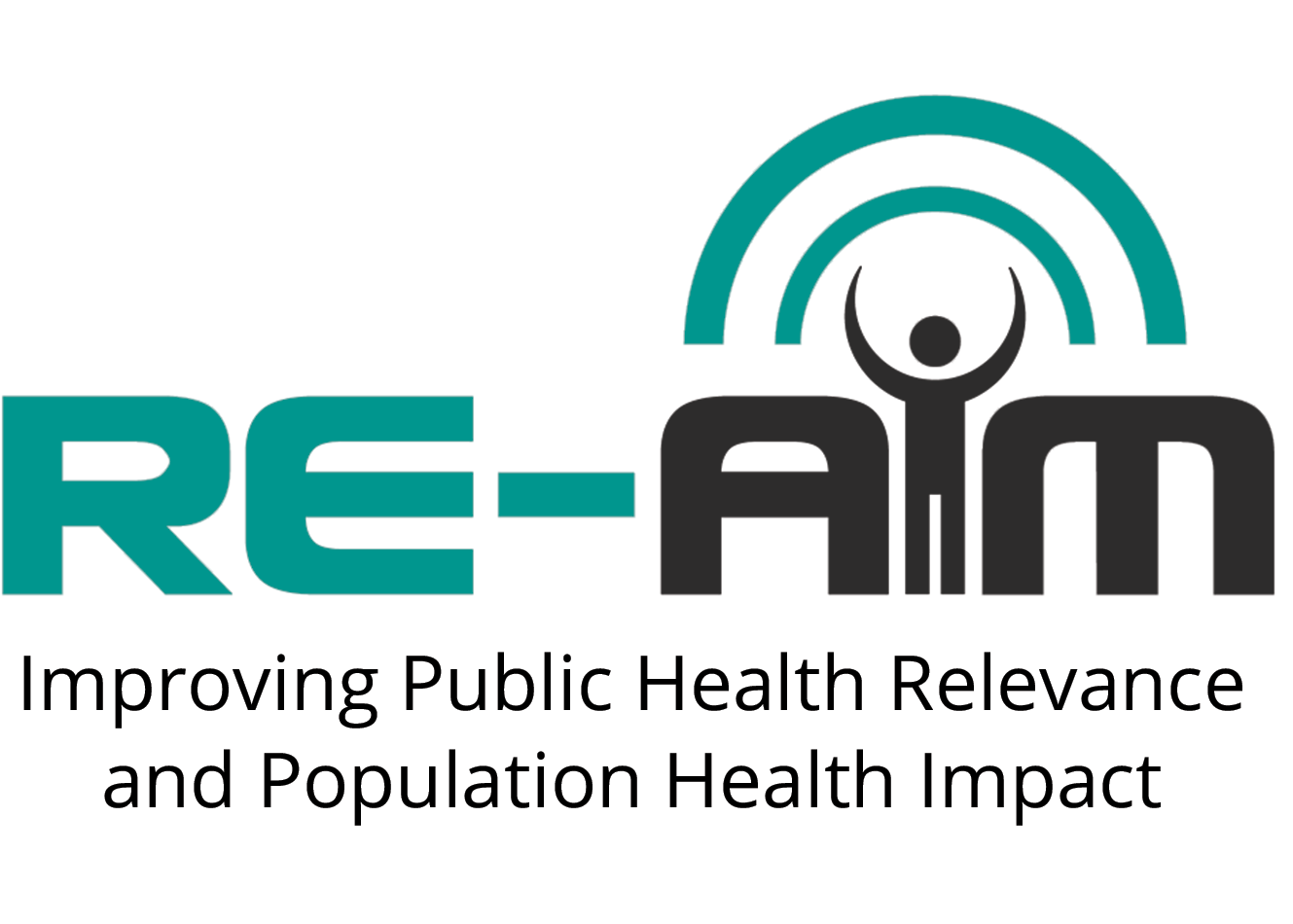How to estimate reach when target population is defined by…
Other estimating techniques
Here are suggestions to help you locate existing data to estimate reach for different types of target populations:
Target population is defined by a risk factor or behavior
If your target population is defined by a risk factor or behavior, and you are working in a large county, you might find local survey data or written reports available from your metro or county health department. Data that are searchable at the state level are available through the Centers for Disease Control and Prevention’s (CDC) Behavioral Risk Factor Surveillance System (BRFSS).
See the Links page to easily access other online data sources.
Estimating target populations defined as a disease group
Data for target populations defined as disease groups are also available. The following are examples of such target populations:
- post-MI (survivors of a myocardial infarction, or heart attack)
- cancer survivors
- and diabetics.
Your local health department can provide estimates of reportable diseases, such as sexually transmitted diseases or hepatitis and other conditions, such as low birth weight deliveries.
The National Health Interview Survey (NHIS), which is conducted by the National Center for Health Statistics (NCHS), a center of the CDC, includes data for the prevalence of disease groups at the state level.
You could also use data from the National Hospital Discharge Survey (NHDS) to estimate target populations defined by a disease or condition.
If you were interested in cancer survivors, you could access National Cancer Institute (NCI) data online. The NCI makes its Surveillance, Epidemiology, and End Results (SEER) data available.
Estimating Target Populations by Demographics
If your target population matches a group described in census data, data that you need for your estimate will be readily available.
Here are a few examples of target populations for which census data exist:
- women between the ages of 18 and 45
- people living in poverty
- and Section 8 housing residents.
Census data, reported at the county level, are available from the CDC or from the U.S. Census Bureau.
Most people will want data for the prevalence of a risk factor, condition, or disease. Such data are reported as direct “count” data and are not age-adjusted at the county level.
Estimating Target Populations with Aggregate Adjustments
Available data may not be displayed in the specific categories you need for your target population. For example, to select a targeted group by age and behavior, you might need to do aggregate adjustments.
Let’s use the scenario that you are targeting adolescent smokers. If the available data only provide the total number of smokers and separately report the age counts, you might need to estimate the targeted group.
To do this, multiply the number of people in the age group by the total number of smokers to estimate your target population. That is, if 20% of the county population is under age 18 and 20% of the population smokes, an estimated 4% of the population are adolescent smokers.
This method requires several assumptions, but it can be produce a useful estimate for calculating reach.
Estimating the Number of People Exposed to Recruitment
It is difficult to accurately estimate how many people are exposed to your efforts to recruit participants. Also, as you think about this estimate be aware of the potential for bias in who sees and responds to recruitment materials. That is, it’s possible that certain demographic groups would not have access to certain types of media or print materials or would be unreachable by telephone.
Here are a few suggestions for overcoming these challenges. Advertising departments of newspapers, radio stations, and TV channels can probably provide estimates of market saturation. They may also have estimates for various market segments, such as age, race, and income.
If you recruit using direct mail or other ways of distributing brochures, you can use brochure counts. Counting brochures that are distributed in a fixed setting, such as a physician’s office is one example.
You might also estimate exposure by counting numbers of people who attend an event where the availability of your program was announced. For direct mailing campaigns, you can count the number of addresses, but keep in mind that mailing brochures doesn’t guarantee that your target population will read or even receive them.
Estimating exposure to posters and Internet advertising is difficult. However, there are programs that track the number of “hits” on Internet pages. When paying for Internet advertising, you should expect to get data from the website’s sponsor. This is especially true for ads that are designed to entice visitors to “click through” to the advertiser’s site.
